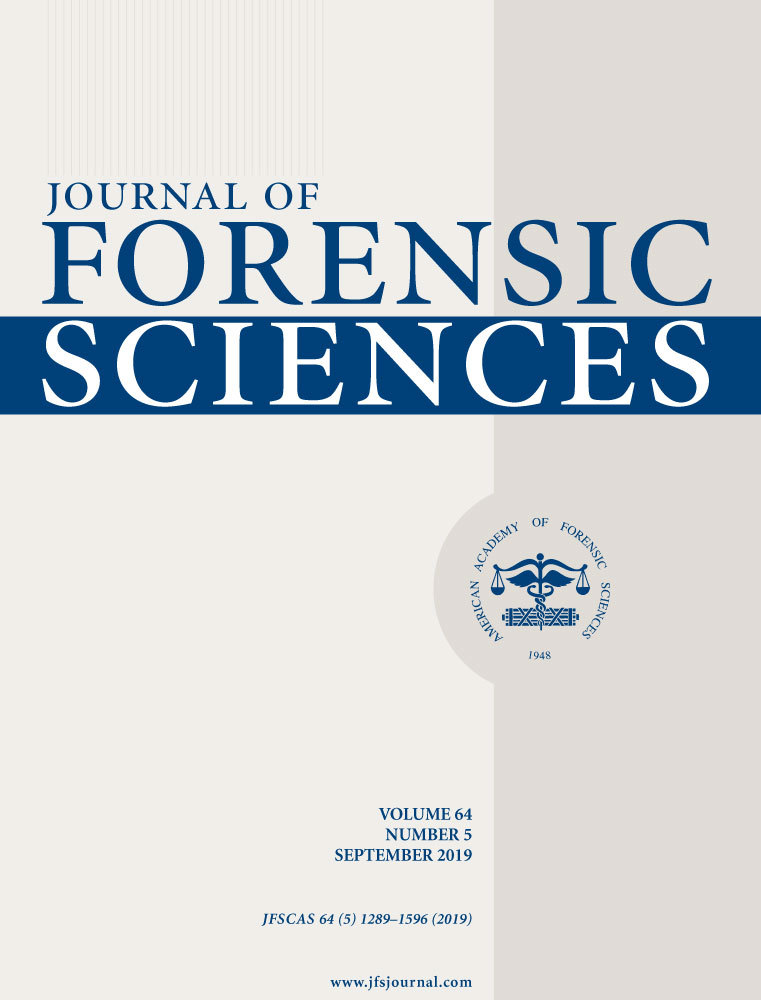Determination of Vehicle Speed from Recorded Video Using Reverse Projection Photogrammetry and File Metadata†
Abstract
The prevalence of security and in-car video has increased the number of motor vehicle accidents captured on digital video. However, inconsistencies in how to accurately determine time and distance for vehicle speed has led to examinations with varying results. A potential solution for calculating time intervals is to use frame timing contained within many digital video file's metadata, recorded with 0.000001 sec precision. This paper examines a fatal motor vehicle accident where frame timing information was used with distance measurements from reverse projection photogrammetry to calculate vehicle speed. A margin of error was then calculated based on the accuracy in performing reverse projection photogrammetry distance measurements. The resulting speed calculation was then compared to event data recorder data and found to be within an average of ±1.43538 MPH. Using specific time intervals may lead investigators to more accurate speed calculations, specifically those involving variable frame rate video.




